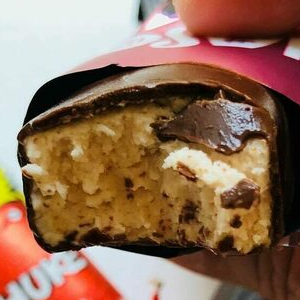So far, on our visit to Estonia, we’ve been shown a host of hearty, heavy, meaty mains and sturdy, storied breads. Bit if that’s what you thought Estonia was essentially about, you’re in for a sweet surprise. Today we’ll survey some the country’s elegant desserts and beverages…
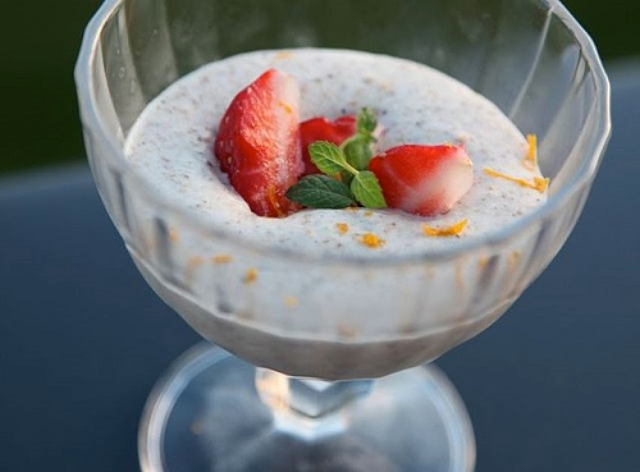 Kama: A thick, creamy pudding eaten for breakfast, as a snack and as a desert…
Kama: A thick, creamy pudding eaten for breakfast, as a snack and as a desert…
If there’s one ingredient that characterizes Estonian desserts and snacks, it’s cheese curd. Used as a base, it crops out in a many of smooth, creamy spoonable deserts and luxurious, velvety beverages. Milk, Kefir and other dairy products are also frequently called for in Estonian dessert recipes as are fresh and dried Fruits. One ingredient familiar to those of us with English or other West European roots is rhubarb, and it’s used in pretty much the same ways as we use it!
On our menu today
Kohuke: Perhaps the most popular sweet snack in Estonia, Kohuke is simply as bar of pressed, sweetened cheese curd flavoured with vanilla, chocolate or caramel, and topped with dark chocolate (see photo, top of page). The filling may contain chopped dried fruits, coconut flakes, poppy seeds, or chocolate bits. They’re always kept refrigerated. Everybody loves ’em…
Kohupiimakreem: Cheese Cream. Sometimes still made at home from creamy cheese curd, whipped cream, sugar and vanilla. It’s consumed at all times of the day as a snack, and comes in various sizes of plastic tubs like yogurt here in the West.
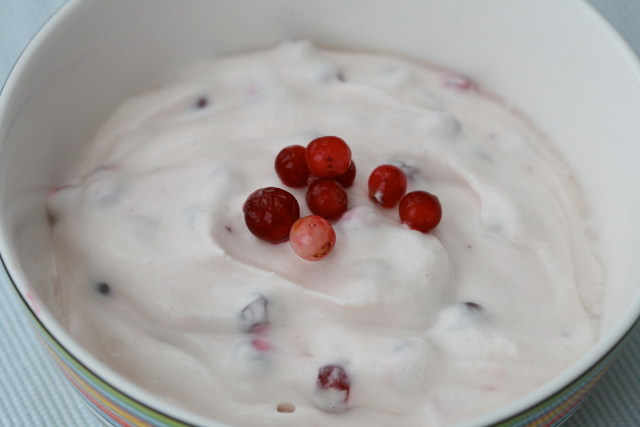
Also like Yogurt, it’s always served cold and often topped with, or served on top of fresh fruits.
Kama: The closest thing we have in the West to this creamy concoction is probably Cream of Wheat. But the resemblance is only skin deep. Kama is made from Kama Flour – a blend of ground oats, barley, rye and peas – blended with fermented dairy products such as buttermilk or kefir, and usually sweetened. Like some other select Estonian originals, this dish is served for breakfast or as a dessert, often topped with fresh or dried fruits.
Leivasupp: Here’s another dish for which we have no exact analogue in the West – a thick soup made from soaked bread crumbs, dried fruits, fruit juice, cinnamon and sugar.
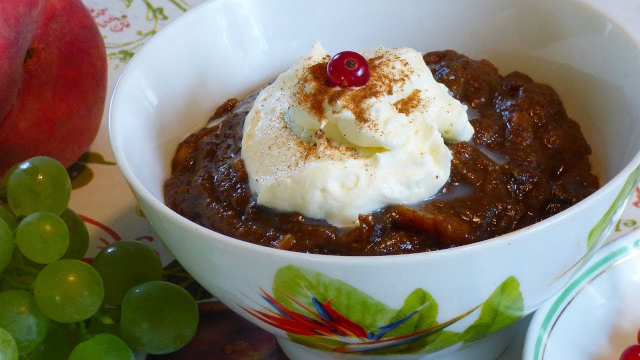
In its thickest form, its spooned up from a bowl at breakfast or for a a snack. But it can also be made thinner with the addition of more liquids and drunk like a shake or a smoothie. It’s enjoyed warm, of cold. Kids often get it for a school lunch.
Kissel: Fruit Pudding. This elegant dessert is made by thickening fruit juice – usually cherries, red currants or cranberries – with corn starch, potato starch or arrowroot.
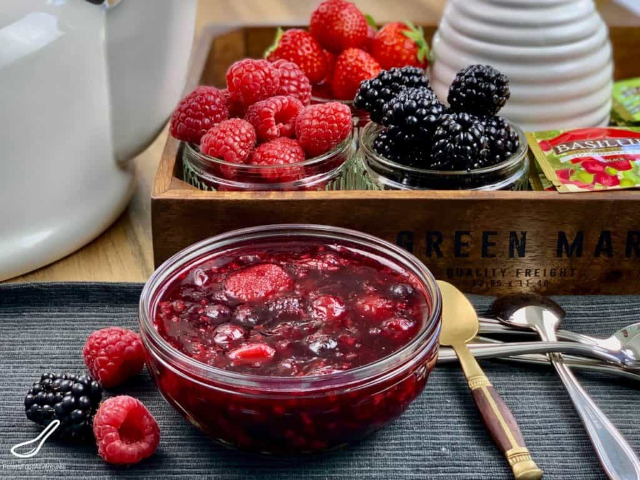
In its thick form, Kissel is spooned up from a bowl like a fruit pudding or curd. In its thinner forms, it’s enjoyed as a refreshing beverage.
Beverages, hard and soft
Kali: Root Beer. It’s popular with all ages in Estonia ans is often sound alongside conventional barley-based beer in the country’s many Beer Bars.
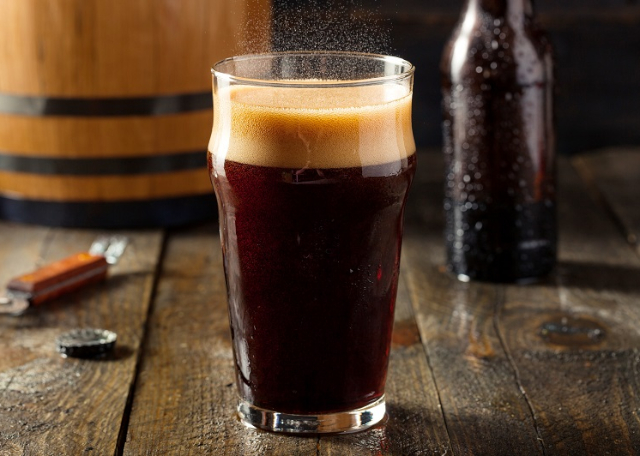
As elsewhere, Root Beer is made from a fermented mixture of sugars, herbs and spices and does have a slight but measurable alcohol content. Commercially made Kali is alcohol-free. You’ll want to drink it ice cold, out of an iced glass.
Õlu: Barley Beer. Estonians primarily drink pale or dark beers, made in the conventional way, from fermenting the sugary extract of roasted, malted barley with hops.Beer bars show up ‘on every corner’, and everybody frequents them. Estonian beers ware typically around 4 percent alcohol by volume.
Vana Talinn: The national distilled spirit of Estonia. The name means Old Tallinn, Tallinn being the capital of Estonia. Wikipedia describes the favour of the liquour as, “…derived from Jamaican rum, herbs, various spices from around the world, oranges and lemons.
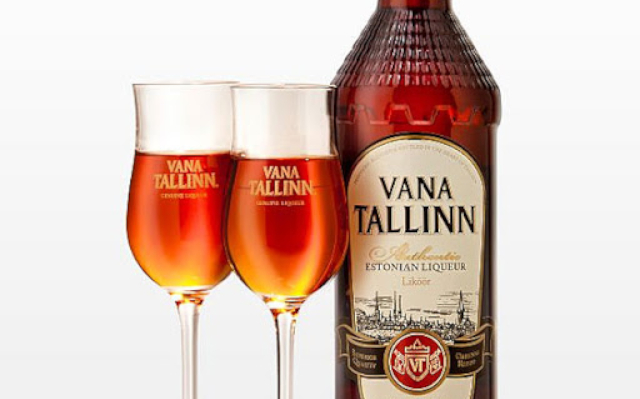
Only natural ingredients are used to make Vana Tallinn, including real vanilla pods. The recipe contains more than ten ingredients in total.” It comes in a variety of styles and alcohol contents from 45 to 50 percent.
G:N Long Drink: A Grapefruit flavoured spritzer/cooler that comes with or without alcohol. It’s been around a relatively short period of time, but shot to the top of the market quickly after it was introduced. There’s nothing else like it, in Estonia or anywhere else.
Limonaad Traditsiooniline – Probably the oldest surviving soft drink in Estonia. Just shows you how universal the appeal of Lemonade and it’s kin is. Even in Estonia!

The recipe for this drink was composed in 1936 by Georgian Mitrofan Lagidze, and it’s been produced by A. Le Coq since 1946.
Blue Sheep More Hito – A Lime and mint-flavoured soft drink produced by A. Le Coq under the motto ‘Lammastele keelatud!’, or ‘Not allowed for sheep!’. A top selling quaff in all parts of the country.
Proosit!
And with that toast to your health, we take our leave of Estonia and its abundant culinary wonders. Be sure to try some classic Estonian recipes soon! And Google the many other Estonian dishes this ancient and venerable dishes of the Jewels of the Baltic.
~ Maggie J.

